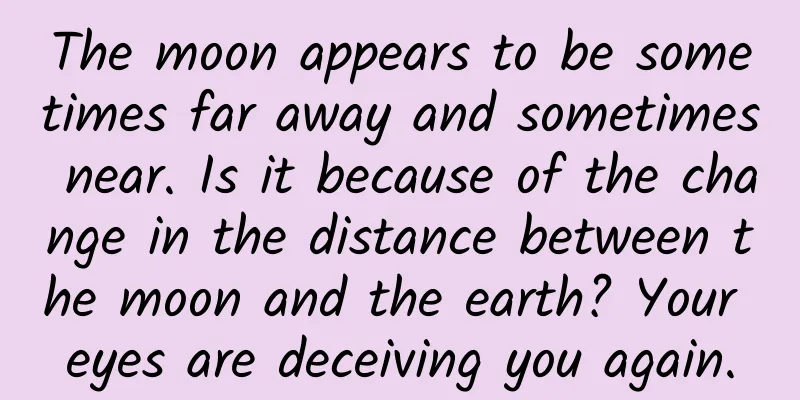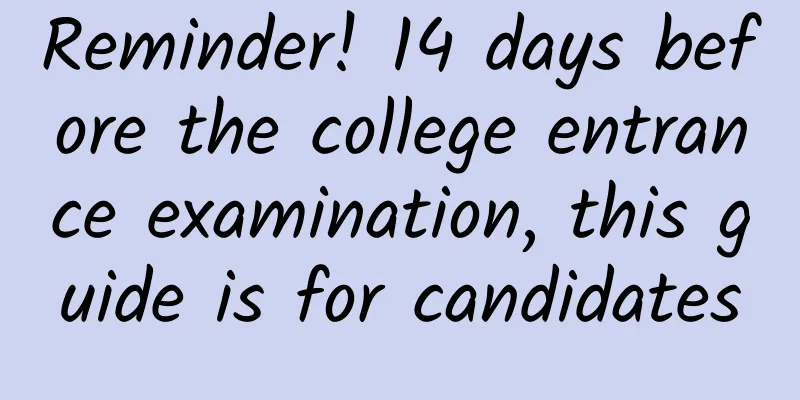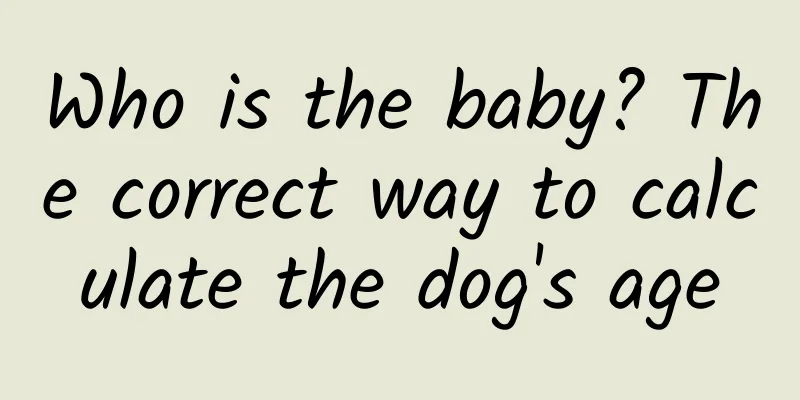The moon appears to be sometimes far away and sometimes near. Is it because of the change in the distance between the moon and the earth? Your eyes are deceiving you again.

|
The Moon often appears large when it first rises, due to the so-called "Moon illusion" (roadcrusher/Wikipedia Commons, CC BY-SA) Why does the moon look closer some nights and farther away other nights? Some nights, the moon looks really close and bigger than usual. Nancy is a friend of mine. Her house is located on a hill on the other side of our village. I remember one summer evening as a child, being puzzled and then startled by a large round object creeping up from behind her house. At some point it dawned on me that it was the moon, and I ran across the garden shouting to tell my dad to come and see. It was bigger than the house, a deep orange, and must have meant something. My dad muttered something about perspective and went back to gardening and playing the piano. Unconvinced, I continued to watch the moon. Later, as it rose higher in the sky, it returned to its old self. This is what cosmic observers call the Moon illusion. When the Moon appears so large, it's hard to believe it's just an illusion, but it's real. In fact, you can test this illusion yourself, or even capture it with a camera. In this edited image, both moons are the same size, but the one on the right, closer to the horizon, appears larger due to the moon illusion. (Heeheemalu/Wikimedia Commons, CC BY-SA) It's a trick of perception. Astronomers have been discussing the moon illusion for centuries, and there are some facts they all agree on. When a full moon is close to the horizon, people notice that the moon looks bigger and closer. That's because your brain judges the moon's size by comparing it to other familiar objects. Imagine you are standing outside very close to your home. Your house will look huge. If the moon rises next to it, the moon will look normal. If you look at your house from far away, the house will look small and the moon will look huge. This illusion stems from the fact that the moon is so far away that it always looks the same size no matter where you are on Earth. You are actually comparing the moon to a house, mountain, or other object, and these things look bigger or smaller depending on how far away you are from them. So when the moon rises next to a distant house or mountain, it looks really huge. The two orange circles in the middle of the two groups of gray circles are the same size, but appear to be different sizes because of the different sizes of the surrounding circles. (Phrood/Wikimedia Commons) Photographers use this technique to capture spectacular images of distant objects behind the Moon. The moon illusion often occurs when people go on vacation to empty areas, which is probably why a big Moon is such a powerful reminder of happy times. Atmospheric zoom and changing tracks There are several convincing-sounding but false explanations for the Moon illusion. Most are based on a few facts, so they stick around. The first idea is that the atmosphere acts like a lens to magnify the Moon. When the Moon is close to the horizon, its light has to pass through more of Earth's atmosphere than when the Moon is directly overhead. It's true that all that air acts like a giant prism that distorts the light and distorts the Moon's color and shape, but it doesn't act like a magnifying glass. The next point is that the moon is indeed closer on some nights. The moon's orbit is not a perfect circle, but more of an ellipse. So over the course of a single month, the moon can get closer or farther away. The Moon's orbit is such that it's not always the same distance from Earth, as this exaggerated image shows. But the difference in distance isn't enough to explain the Moon illusion. (Rfassbind/Wikimedia Commons). When the closest part of its orbit coincides with a full moon, it's called a supermoon. But when the moon is closest to Earth, it's only 12 to 15 percent closer than when it's farthest from Earth, a difference too small to explain the moon illusion. It's hard to notice a 15 percent size difference just by looking at the moon in the sky. Testing the illusion Testing the moon illusion is easy, and you can do it yourself. The next time you see the moon appear larger and closer than usual, hold your hand out at arm's length, then close one eye and see which fingertip just covers the moon. Wait a moment, and when the moon is higher in the sky, do the experiment again. The moon may appear smaller, but you can cover it with the same finger. BY:Silas Laycock FY: Angelina Yang Gong If there is any infringement of related content, please contact the author to delete it after the work is published. Please obtain authorization for reprinting, and pay attention to maintaining integrity and indicating the source |
>>: Ocean Love Story Series丨Anglerfish——This Sticky Love
Recommend
Gastroesophageal reflux, a holiday disease that cannot be ignored
To prevent or alleviate gastroesophageal reflux d...
Apple Pay reveals new issue: Cannot add bank cards after system restore
On January 2, although restoring the factory sett...
Indonesia is short of milk, so it uses "fish milk" to feed its children. When can fish produce milk?
Image source: Internet Indonesia is trying out an...
Protein factories: Using the power of evolution to defeat the enemy
Evolution has played a vital role in the billions...
Are you okay with the fact that you are digging a hole for yourself every time you promote something?
Before you start promoting a product, you should ...
Introduction to iQIYI’s effective promotion products
There is no doubt that iQiyi has taken the top sp...
How to make expensive products sell well? Have you used these 9 methods?
Having interest and demand does not mean that you...
[Practical Tips] Six major application markets teach you how to run the Android market!
Some optimization techniques for the domestic And...
Tencent, NetEase, Sohu, Toutiao, the current four major news and information apps competitive analysis
At present, there are many news clients on the ma...
How can mini programs retain customers? Mini Program Traffic
Q: How can mini programs retain customers? Mini p...
Why do companies need to develop mini programs?
WeChat Mini Programs have faced many doubts since...
Apple and Samsung's market share has both declined. Why are domestic mobile phones rising?
In the first quarter of this year, Apple and Sams...
I will teach you the principle of "Water Splash Disappearance Technique". It depends on you how much you can understand.
Audit expert: Luo Huiqian Researcher at the Insti...
How to operate during the product stable period
A reader asked how he could make a breakthrough a...
Is it harmful to discharge nuclear waste water into the sea? You need to know what nuclear waste water is first
Is nuclear waste water harmful? This question its...









